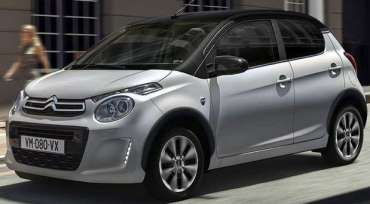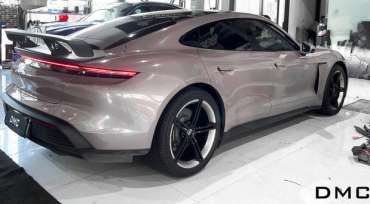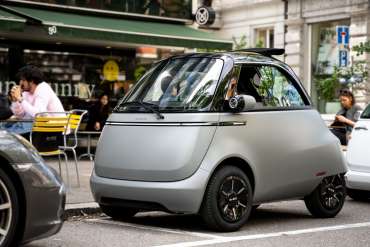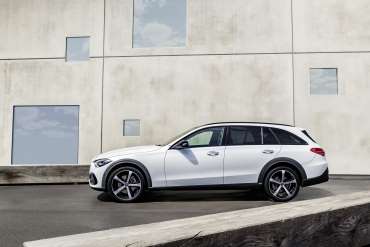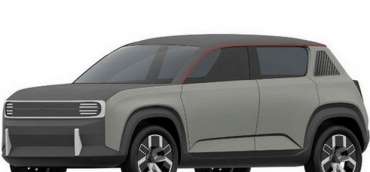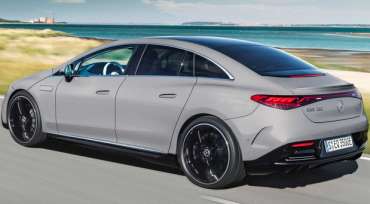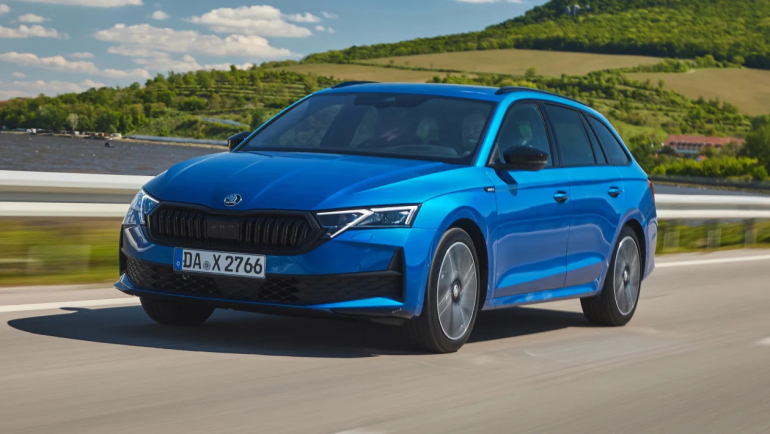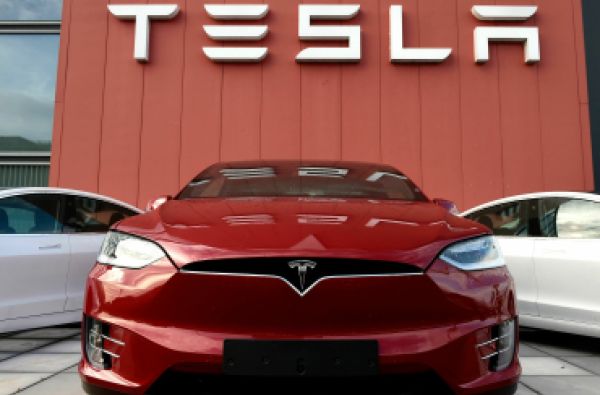
World Car Blog
Environmental rules make the Citroen C1 almost impossible to replace
The Citroen C1 will be "almost impossible" to replace due to stricter emissions regulations and market conditions, revealed the company's CEO Vincent Cobee.
Last year’s reports suggested the city car was close to being phased out, along with the jointly developed Peugeot 108, and partner Toyota confirmed it would continue with the Ayga for the next generation.
Cobee has now confirmed that decision, saying: “This segment erases the pressure of the environment. It is almost impossible to continue.
Prior to founding Stellantis, the PSA group had previously sold its stake in a joint venture with Toyota, through which the C1 and 108 were connected to the Toyota Aygo and built alongside it in the Czech Republic.
Porsche Taycan "Extrem" Aero Kit by DMC
* German tuner DMC has prepared a new "Extrem" Aero Kit for the electric Porsche Taycan, at a price of 5,990 US dollars
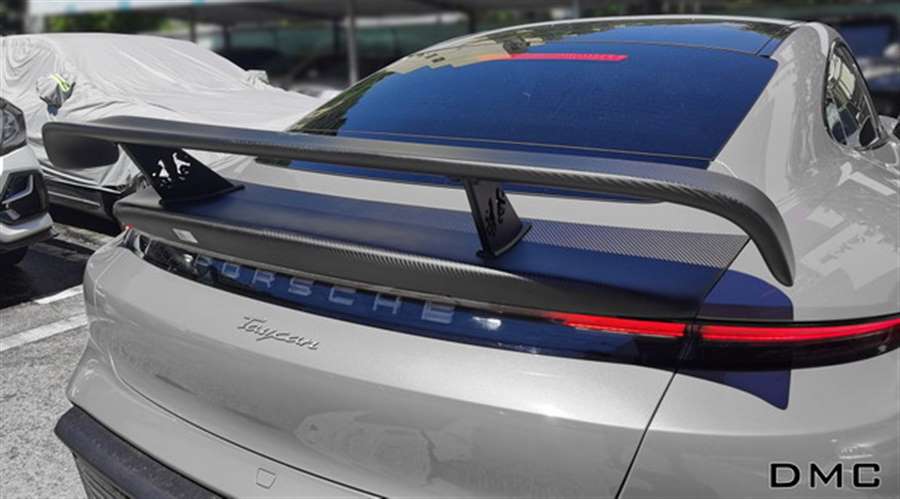
* Ultra-light carbon fiber elements include front spoiler, sill set, as well as a striking rear spoiler
* There are also new aluminum wheels, rear emblem with lighting, as well as a personalization program for the interior (carbon fiber, crocodile or other leather ...)
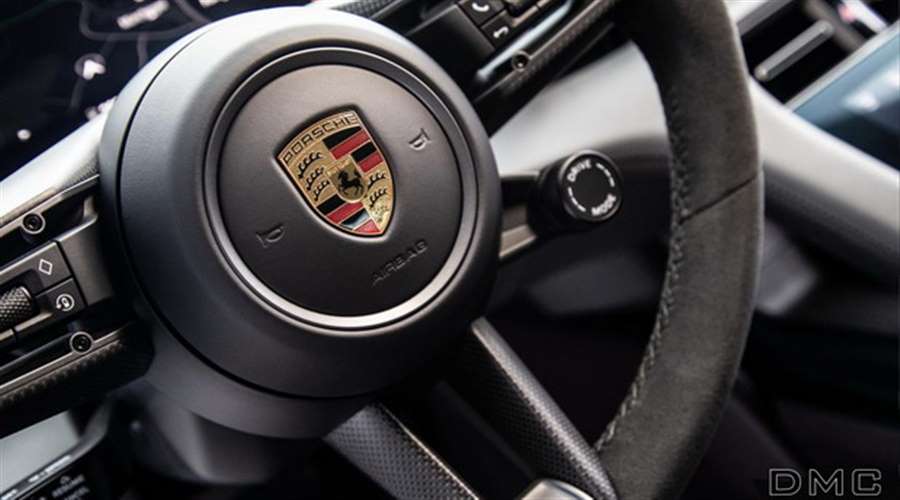
* Complete DMC package for Taycan (Aero Kit, wheels, modified interior ...) can cost up to $ 24,990 depending on the client's wishes
BMW Isetta on stage again, but this time called Microlino!
What needs to be pointed out immediately is that BMW has absolutely nothing to do with this new project.
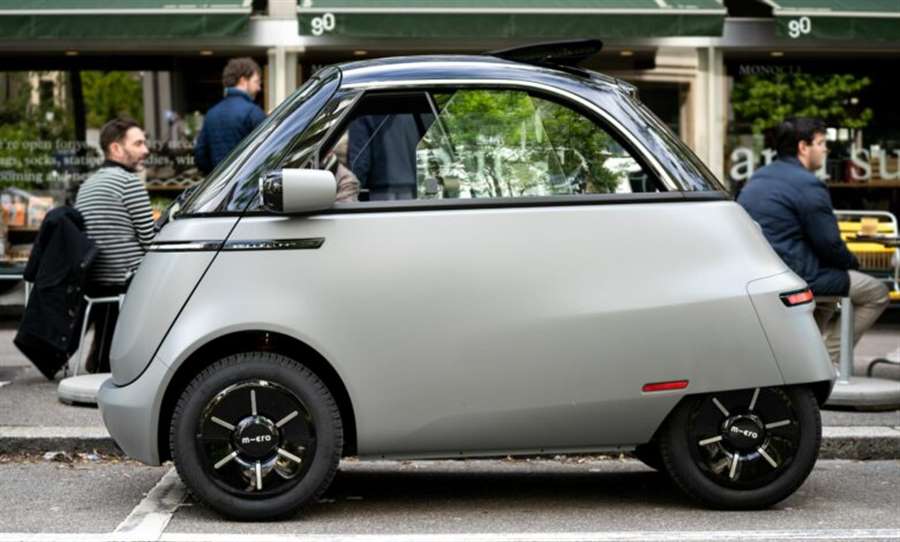
At one time, the tiny Isetta saved BMW from almost certain doom, so it deserves a special place in the rich history of the blue-and-white propeller. Now the Swiss company Micro will try to take over the Isetta concept.
We saw a baby named Microlino back in 2016, and then it was planned for production to start in 2018. As is usually the case with young companies like this, there has been a delay in presenting another concept release in 2020. Now, finally, the serial version of the Microlin has been shown.
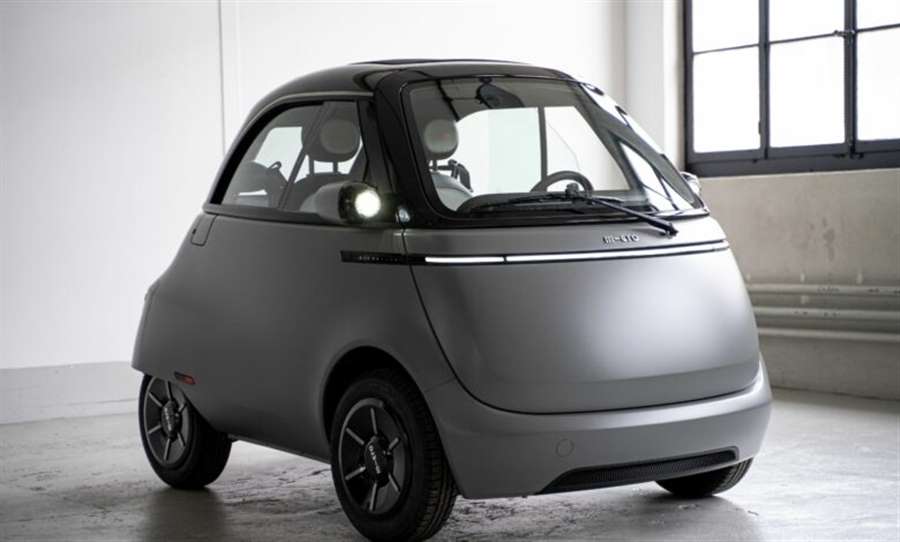
It will come in three variants: Urban, Dolce, and Competizione. As you can see, the Swiss also used the Italian dictionary, as did the BMW with the Isetta. The design of the Microlina has not changed significantly and it can be freely assessed that the little one is very charming, which is not the case with the rival Citroen Ami.
The slightly egg-shaped form with straight lines and clean surfaces evokes memories of other, long-gone times. The doors are at the front of the vehicle, as was the case with the Isetta, while the headlights are housed in rear-view mirrors - a rarely seen solution.
The Microlino is designed as a two-seater, and the Swiss state that in addition to two people, there is room for another 230 liters of luggage - which is far more than it seems from the photos. In front of the driver is a simple steering wheel, as well as a digital instrument panel, while in the middle of the dashboard is a miniature touch screen, through which you can access the most important functions.
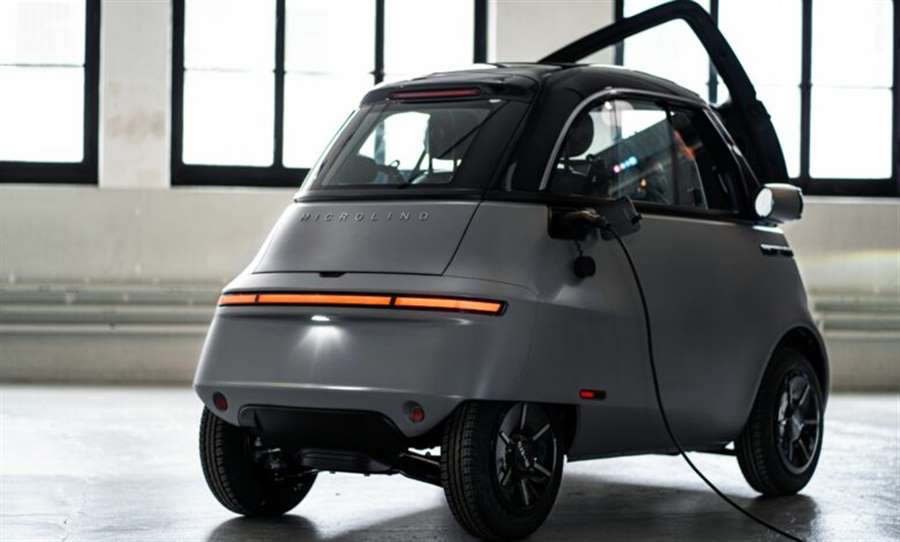
Representatives of the Micro brand point out that they especially worked on the torsional strength of this vehicle, which further improved the driving dynamics. They also state that McPherson is placed both in front and behind when it comes to hanging.
The electric motor that drives this little one has 17 hp and 118 Nm, with a peak power of 25 hp. The total weight of the vehicle is a modest 435 kg, which enables fine performance - in 5 seconds it reaches 50 km / h, while the maximum speed is 90 km / h.
Microlino offers a choice of three batteries, 6 kWh, 10.5 kWh, and 14 kWh. With the weakest battery, it has a range of 95 km, a medium one with 175 km, while with the one with the largest capacity, it can cover as much as 230 km. It takes 4 hours (6 kWh and 14 kWh) to charge an empty battery up to 80% of its capacity, while a 10.5 kWh battery takes 3 hours.
The starting price for Microlino will be 12,500 euros (which will be significantly less with subsidies in most of Europe). Micro states that an annual production of 7,500 copies is planned in their factory in Turin, and that they already have more than 24,000 orders for an electric microcar.
Mercedes is not sure about the future of the caravan either
It seems that the German brand does not know what will happen in the next decade.
Electrification is changing many rules in the automotive industry. Electric cars do not have as many parts as their SUS counterparts, and the powertrain is far smaller in size, which gives designers more freedom and opens up new room for maneuver.
We read yesterday that Daimler doubts that the traditional sedan will survive the transformation or the transition to electric mobility. We’ve seen it with their EQE and EQS models that don’t really look like the sedans we’re used to seeing with the three-pointed star sign.
Now we hear that they also doubt the bright future of the caravan. So says Marcus Schaefer, one of the board members of Mercedes. “The problem with caravans is the high pressure of the SUV segment. We have to see how that class will develop, technically everything is feasible ", said Schaefer.
And indeed, there are very few electric caravans on the market. Tesla, which is the world leader in the EV sphere, does not offer any caravans, and it is similar with other brands. One of the exceptions is the Porsche, whose Taycan has a Cross Turismo variant, which can be placed in the station wagon category.
We will find out in ten to fifteen years whether electrification will really be the end of caravan vehicles, until then there will be an opportunity to enjoy their charms…
Renault 4ever more premium positioned compared to Renault 5 EV
Renault 4ever will be launched in 2025 as a compact crossover with increased ground clearance, "blood" connected to the new Renault 5, which will debut a year earlier. Since the "premium" will be positioned in terms of price, it will not have much to do with the former, popular "four".
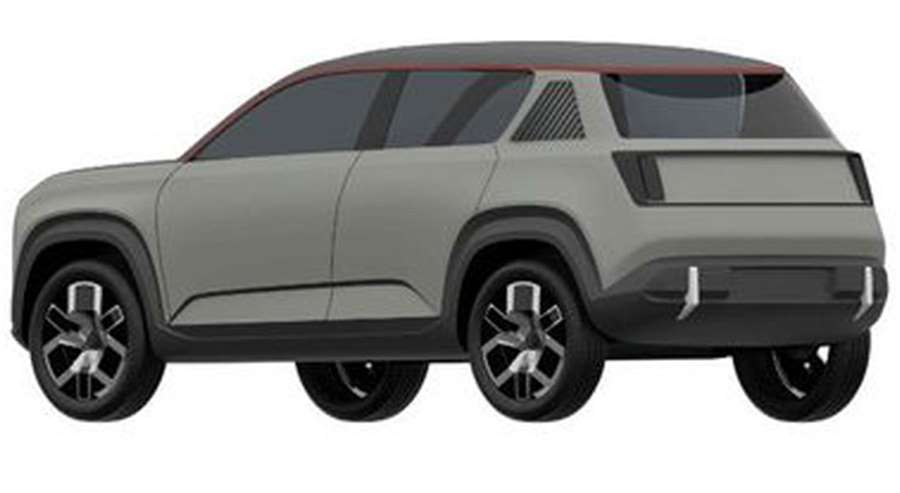
The original Renault 4 was produced from 1961 to 1994, while the newcomer will rest on the same CMF-BEV platform for small cars as the new "five", in relation to which it will be more priced. Renault executives have previously suggested that the hatchback will be in the range between 21,500 and 24,500 euros, depending on the cost of raw materials in 2024.
The head of the company, Luka de Meo, confirmed the plans that have been "whispered" for a long time, related to the "resurrection" of Renault 4. While the new "five" is conceived as a sports hatchback, 4ever will take the form of a compact crossover. In both cases, it is about retro styling, which customers will definitely like, write Vrele Gume.
4ever will be one of 10 new electric cars that Renault plans to launch by 2025. The French company intends to make up to 90 percent of its European sales purely electric by 2030. Both Renault 5 and 4ever will benefit from new battery and electric motor technology developed by Renault Group , which will help reduce costs associated with small electrical models. Renault claims that the technology applied on the CMF-BEV platform will reduce the cost of the "five" by 33 percent compared to Zoe.
Meanwhile, the French manufacturer has confirmed that the performance subsidiary, Alpine, will launch its first EV 2024, while the CMF-BEV architecture will also be used for Renault’s new electric van. De Meo also confirmed that Zoe will stop being produced in 2024. For now, there is no direct successor, although it is clear that 4ever and 5 will fill that market niche.
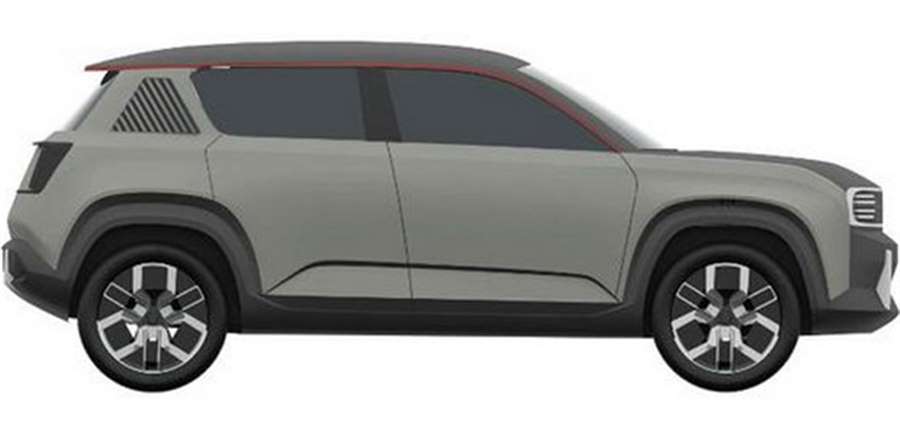
Renault focused on new battery and engine technology
The goal of the French conglomerate is to achieve sales that will consist of 90% of electric vehicles by 2030. This will require the production of about a million electric cars by then, both on the CMF-BEV and the larger CMF-EV platform, on which the Megane E-Tech Electric and Nissan Ariya rest.
Renault Group will centralize the production of electric vehicles in the "ElectriCity" complex, which includes three factories in northern France, and a partnership has been agreed with Envision AESC, regarding the construction of a battery factory, which will start operating in 2024, with an annual capacity of 9 GWh. with a plan to increase it to 24 GWh by 2030.
In addition, Renault will work with French startup Verkor to develop a new high-performance battery for larger models, which will be produced in a separate new factory, which will initially have a capacity of 10 GWh, with the potential to be increased to 20 GWh by 2030. Batteries to be found in Renault vehicles will be standardized based on nickel-manganese-cobalt (NMW) chemistry, a technology the company claims provides the most competitive mileage and up to 20 percent wider autonomy than other elements. . Renault believes the revised battery technology will allow it to reach a cost of $ 100 per kWh by 2025, which will be improved to $ 80 per kWh by 2030, when the company plans to introduce solid-state batteries.
Daimler's head of design states that electrification will kill the traditional limousine
You don't have to be an expert in the automotive industry to predict that the future of the German Mercedes is strictly electric, writes Motor1.
But what does that direction mean for company design? If we ask Daimler's head of design, Gorden Wagener, this whole process means that we will soon see the end of the traditional limousine. And judging by the EQE and EQS electric vehicles, it seems that the new wave of high-tech electric vehicles from Mercedes will be shaped as a mixture of sedan, hatchback and probably coupe.
"Electrification will kill a three-volume sedan for several reasons," Gorden Wagener told TopGear during the Munich Motor Show.
"Aero is one. Secondly, with a six-inch battery, the three-volume sedan just doesn't look good, it looks s ***. You have to do something that visually increases the height. "
Although the transition to electric drives generally gives designers more options, there are some limitations. What Wagener is talking about is the fact that the top EV sedans need a large battery and that destroys the elegant proportions of a traditional sedan.
The solution? "That's why we came up with that bold design with EQ models, because it looks stretched, it looks elegant. So [electrification] will change the proportions of the car. We have to make sure that not everyone looks the same, but that fear has existed for about 30 years. We have managed to make them different and I am convinced that we can do that in the future. "
The wait for a new Toyota Land Cruiser takes up to four years
We all know that the Toyota Land Cruiser is one of those models that everyone loves, but rarely does anyone buy. There are many reasons for this, and the bulky dimensions and high consumption are most often mentioned, which makes it not very practical in most countries around the world, while the majority of those who need space for daily driving from place A to place B choose some of Toyota's crossovers.

Then we all know that the price of this SUV is not very small, and in the US market is as much as 85,665 US dollars, as required for the base model, which makes the Land Cruiser not only the most expensive Toyota, but it requires more money than on most Lexus.
Knowing all that, no one is surprised that global sales rarely exceed the number of 50 thousand units in twelve months, and last year the happiest markets for this model were those in Japan (26,296) and Australia (15,078). Ahead of us is a completely new generation for 2021, codenamed J300, and as things stand, the Japanese giant is completely unprepared for the great growth in popularity.

The Land Cruiser is produced in the city under the same name as the parent company Toyota, and was built in central Japan, and according to colleagues from Cars Guide, the current waiting list for the new model shows that the longing lasts as long as four years.
About 20 thousand units have been ordered so far, which is a significantly higher number than originally expected, but of course it is not the only problem. Toyota has faced a shortage of computer chips in a relatively good position with a large stock, but recently announced that it is also "rapidly consuming components from stock" and will soon be in the same problem as the rest of the automotive industry.

The icing on the cake called Problem is also one that shows that most Japanese customers choose richly equipped configurations, such as the ZX and GR Sport trim, which are generally the longest to wait for as many parts are assembled by hand.
Toyota has previously stated that it has sufficient stock of parts to meet demand for the first twelve months and this applies mainly to the Japanese market. Even Australia, where this SUV is selling extremely well, will not get its copies until the end of 2022.
Although the Land Cruiser has made Toyota famous in the US market, the new model will not be sold "across the pond" but the orientation will be directed towards the more luxurious and more expensive Lexus LX.

